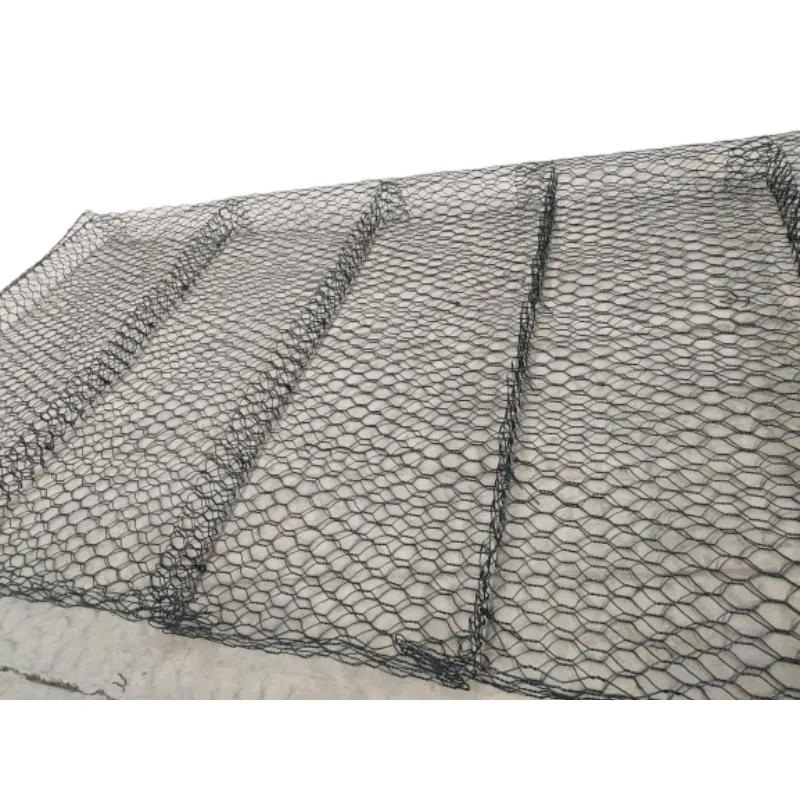
- Afrikaans
- Albanian
- Arabic
- Armenian
- Azerbaijani
- Basque
- Belarusian
- Bengali
- Bosnian
- Bulgarian
- Croatian
- Czech
- Danish
- Dutch
- English
- Esperanto
- Estonian
- Finnish
- French
- Galician
- Georgian
- German
- Greek
- hawaiian
- Hindi
- Hungarian
- Indonesian
- irish
- Italian
- Lao
- Latvian
- Lithuanian
- Luxembourgish
- Macedonian
- Maltese
- Myanmar
- Norwegian
- Polish
- Portuguese
- Romanian
- Russian
- Serbian
- Slovak
- Somali
- Spanish
- Swedish
- Thai
- Turkish
- Turkmen
- Vietnamese
gru . 30, 2024 05:18 Back to list
Fencing Solutions for Effective Management of Black Cattle in Pastures
The Importance of Effective Fencing for Black Cattle Management
When it comes to managing black cattle, one of the most critical aspects is ensuring that they are secured within a designated area. Effective fencing is paramount not only for the safety of the cattle but also for the protection of property and the surrounding environment. This article explores the significance of proper fencing techniques, materials, and maintenance tailored specifically for black cattle management.
Why Fencing is Essential
Black cattle, known for their resilience and adaptability, require specific care to thrive. One fundamental factor in their management is creating a safe enclosure. Good fencing not only keeps the animals contained but also prevents them from straying into roads or agricultural lands, thus reducing the risk of accidents and damage. Furthermore, a robust fencing system can deter wildlife and other livestock from entering the cattle's grazing area, ensuring that the cattle have uninterrupted access to their pastures.
Types of Fencing for Black Cattle
Several types of fencing can be employed for managing black cattle. The choice of fencing material often depends on the terrain, climate, and specific needs of the herd. Here are some popular fencing options
1. Barbed Wire Fences Traditionally used for cattle, barbed wire is effective for keeping cattle in and predators out. Typically constructed with multiple strands, barbed wire fences can be an affordable option, though they require regular maintenance to prevent wear and tear.
2. Electric Fences Increasingly popular in modern cattle management, electric fences use an electric current to deter cattle from pushing against or attempting to escape the enclosure. They are relatively easy to install and can be moved to create temporary grazing areas, making them a flexible solution.
black cattle fencing

3. Stock Fencing These fences are usually made from strong mesh material that allows visibility while providing a secure barrier. Stock fences can effectively keep cattle contained and are often used in combination with other types of barriers for enhanced security.
4. Wooden Fences Though more expensive, wooden fences provide a sturdy and visually appealing option. They can last for many years when properly treated and can serve as a long-term investment in cattle management.
Maintaining Fencing Systems
Regardless of the type of fencing used, regular maintenance is crucial for ensuring longevity and effectiveness. This includes checking for and repairing any damaged sections, ensuring that the posts are firm and secure, and ensuring that the wiring in electric fences is functioning properly. Additionally, it is important to inspect the fencing after severe weather events, as storms can cause significant damage.
Routine inspections can help identify weaknesses in the fencing system before they become major issues. Additionally, regular clearing of vegetation around fences is essential to keep the area unobstructed and to prevent animals from using foliage as leverage to escape.
Conclusion
In conclusion, investing in effective fencing for black cattle is critical for successful management. The right fence not only secures the herd but also contributes to their overall health and productivity. As cattle farmers and managers seek to optimize their practices, understanding the various fencing options available and committing to regular maintenance will ensure that their black cattle remain safe, healthy, and productive for years to come. The right fencing decision is an investment in the future of both the cattle and the farming operation, demonstrating that effective management begins with secure boundaries.
-
Your Ultimate Solution for Australian Temporary Fencing
NewsMay.14,2025
-
The Ultimate Guide to Crowd Control Barriers: Secure Your Events with Ease
NewsMay.14,2025
-
Secure Your Livestock with High-Quality Livestock Fence Panels
NewsMay.14,2025
-
Enhance Your Livestock Management with Top-Quality Cattle Fences
NewsMay.14,2025
-
Enhance Security and Safety with Temporary Fencing Solutions
NewsMay.14,2025
-
Corral Gates
NewsMay.14,2025









